|
When people are looking to heal their digestion, the first place they tend to look is food. Don't get me wrong, I believe that nutrient-dense, traditional foods are one of the keys to achieving and maintaining gut health. However, it is just as essential to understand that there are so many other ways to help your gut that are not centered around nutrition, and that these areas must be addressed when we look to start on a gut-healing protocol. This holistic understanding of the gut-healing process can be a relief to many who find this journey to be an uphill battle with food. While healing diets and changing our food choices can help our microbiome and other digestive health factors, this excessive focus on what we do or don’t eat can often make us too focused on or even afraid of food. Elimination diets, though very useful, can also limit our dietary choices so much that we can end up with nutrient deficiencies or an overly-restrictive, unenjoyable diet, continuing this negative cycle. Also, we often find that just changing the diet--even to a seemingly “perfect” one--doesn’t quite get the job done when it comes to gut healing. There is hope offered, then, as well look at ourselves in a zoomed-out, whole-person way; as we look to heal our gut, we can find comfort in the fact that, in addition to a wonderfully healing diet, there are other ways we can help ourselves to improve digestive function, microbiome diversity, and more. I encourage you to look through my past writing to dig deeper into foods and supplements that can help with healing digestion, but I’m here today to offer some simple ways that you can start sending your gut a little love today, no special diet or even supplements required. These are all things you can do at-home with little to no extra tools required, helping to empower you in taking charge of your gut health. Here are my top 10 (Non-Food, Non-Supplement) Tips |
Brine & Broth
I am a gut health-focused nutritionist and online health coach based in Southwest Wisconsin. My recipes and philosophies center around traditional, nutrient-dense foods that support robust gut health. Archives
May 2022
Categories |
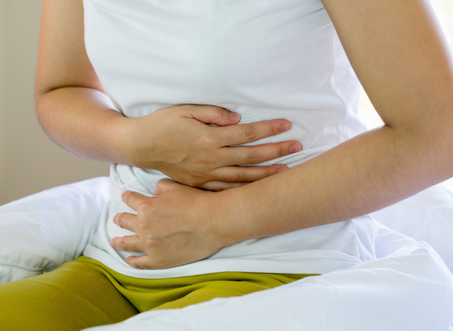

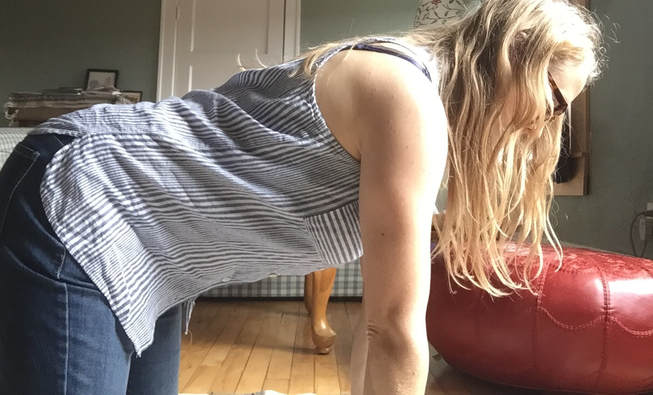

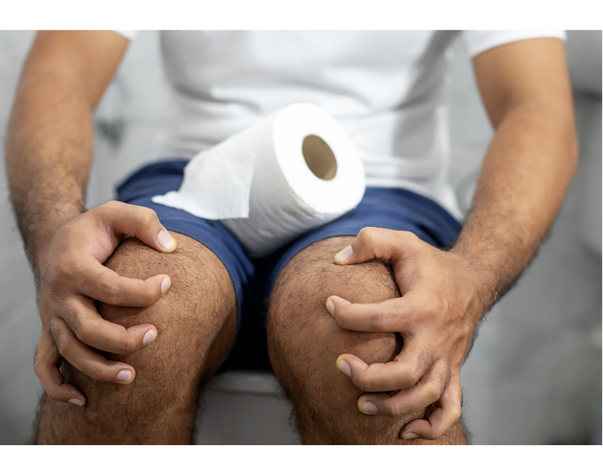
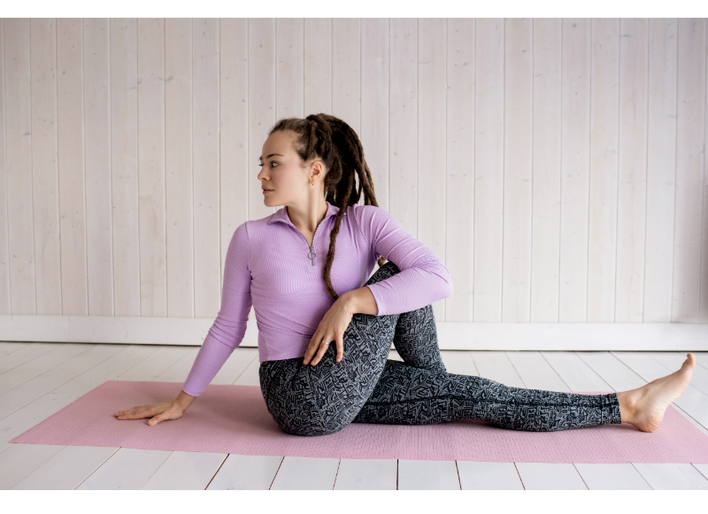
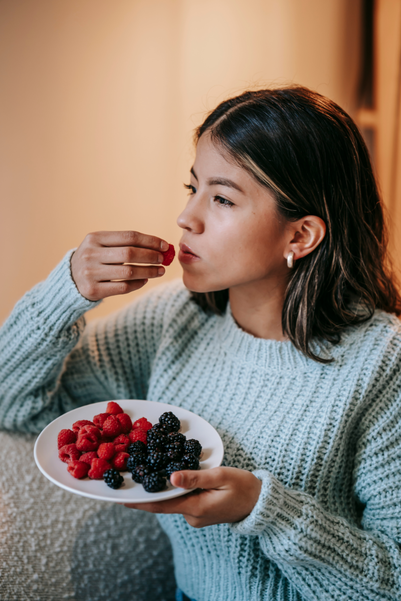
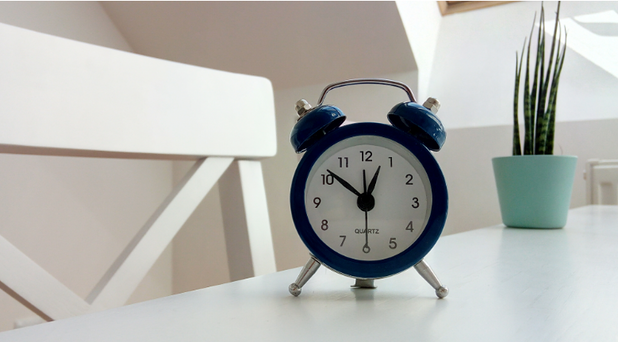

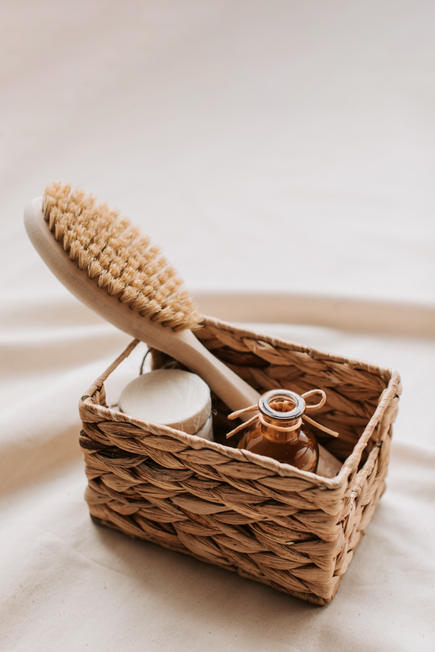

 RSS Feed
RSS Feed
